-
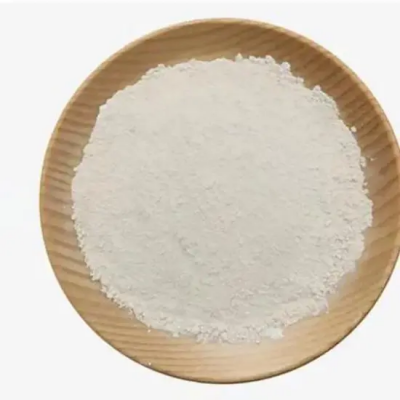
isopropyl trifluoroacetate CAS:400-38-4
Isopropyl trifluoroacetate is an organic compound characterized by its colorless liquid form and fruity odor. It has the chemical formula C5H9F3O2 and is derived from trifluoroacetic acid by substituting one hydrogen atom with an isopropyl group (-CH(CH3)2). This structural modification imbues isopropyl trifluoroacetate with unique properties that find applications across different industries. The compound is notably used in fragrance formulations, as well as in the synthesis of specialty chemicals and pharmaceuticals due to its versatile chemical reactivity and stability.
-
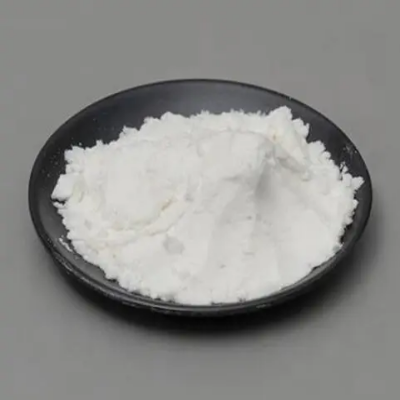
Cyclohexanecarboxaldehyde CAS:2043-61-0
Cyclohexanecarboxaldehyde is a colorless liquid with a distinctive almond-like odor, also known as cyclohexylcarboxaldehyde or simply cyclohexyl aldehyde. It is an organic compound with the chemical formula C6H10O and is commonly used in the fragrance industry due to its pleasant scent. This compound is derived from cyclohexane and possesses a six-membered carbon ring with an attached aldehyde group (-CHO). Its aromatic nature contributes to its use in perfumes, soaps, and other scented products. Cyclohexanecarboxaldehyde also serves as a precursor in the synthesis of various chemicals and pharmaceuticals.
-
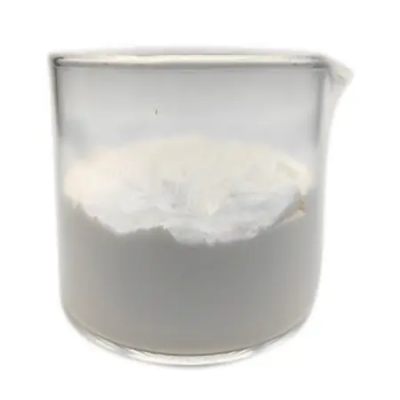
2,2,2-TRIFLUOROETHYLAMINE CAS:753-90-2
2,2,2-Trifluoroethylamine (TFEA) is a notable chemical compound recognized for its unique molecular structure and diverse applications across various industries. With the chemical formula CF3CH2NH2, TFEA consists of a trifluoromethyl group (-CF3) attached to an amino group (-NH2). This compound is synthesized through the reaction of trifluoroacetaldehyde with ammonia or via reductive amination of trifluoroacetonitrile, resulting in a volatile, colorless liquid with a distinctive ammonia-like odor. TFEA is valued for its role as a building block in organic synthesis, pharmaceutical chemistry, and as a precursor in the production of specialized chemicals and materials requiring enhanced stability and functionality.
-
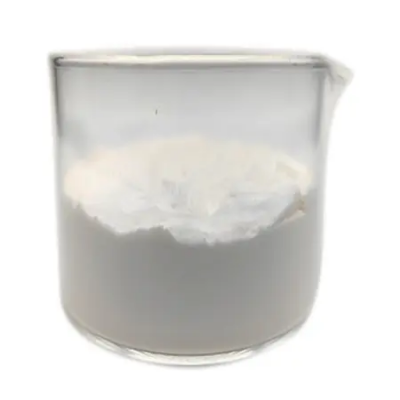
2,2,2-Trifluoroethyl methacrylate CAS:352-87-4
2,2,2-Trifluoroethyl methacrylate (TFEMA) is a notable organic compound recognized for its distinct chemical structure and versatile applications across various industries. With the chemical formula C7H9F3O2, TFEMA is characterized by its fluoroalkyl group and methacrylate backbone. This compound is synthesized through esterification of methacrylic acid with 2,2,2-trifluoroethanol, resulting in a liquid with a relatively low boiling point and high reactivity in polymerization processes. TFEMA is valued for its ability to impart unique properties to polymers, making it useful in the development of specialized materials and coatings.
-
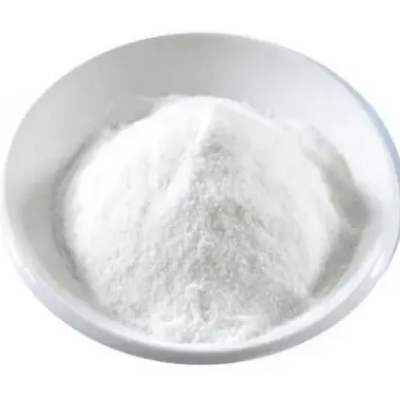
1,1,1,3,3,3-Hexafluoro-2-propanol CAS:920-66-1
1,1,1,3,3,3-Hexafluoro-2-propanol (HFIP) is a notable chemical compound renowned for its unique molecular structure and versatile applications across various industries. With the chemical formula C3H2F6O, HFIP is characterized by the presence of six fluorine atoms attached to a tertiary carbon atom, forming a stable and highly fluorinated alcohol. This compound is synthesized through the reaction of hexafluoropropylene with water or by the hydrolysis of hexafluoroacetone, resulting in a clear, colorless liquid with a distinctive fruity odor. HFIP is valued for its role as a solvent, catalyst, and stabilizer in organic synthesis, polymer chemistry, and pharmaceutical applications due to its strong hydrogen-bonding capability and unique solvent properties.
-
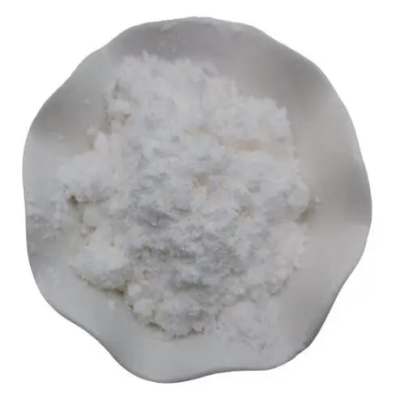
2,2,2-Trifluoroacetamid CAS:354-38-1
2,2,2-Trifluoroacetamide, commonly referred to as trifluoroacetamide, is a colorless crystalline solid with a sharp, pungent odor. It has the chemical formula CF3CONH2 and is characterized by its trifluoromethyl group (-CF3) attached to an acetamide backbone. This compound finds extensive use in the field of organic chemistry, particularly as a protecting group for amines during peptide synthesis. Additionally, it serves as a building block in the synthesis of various pharmaceuticals, agrochemicals, and specialty chemicals, owing to its unique chemical reactivity and stability.
-
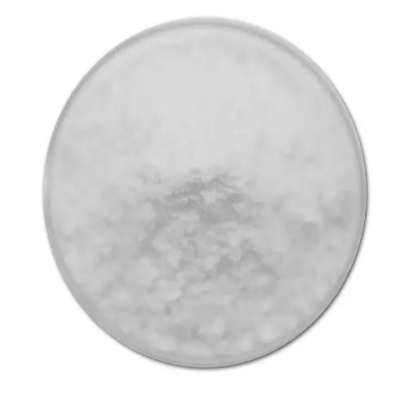
1,1-Difluoroacetone CAS:431-05-0
1,1-Difluoroacetone is an organic compound recognized for its volatile nature and pungent odor. It bears the chemical formula C3H4F2O and is derived from acetone by replacing two hydrogen atoms with fluorine atoms (-F). This alteration imparts specific properties to 1,1-difluoroacetone, making it useful in various industrial applications. The compound is particularly esteemed for its role as a precursor in the synthesis of pharmaceuticals, agrochemicals, and specialty chemicals due to its unique chemical reactivity and stability.
-

1,3-Difluoroacetone CAS:453-14-5
1,3-Difluoroacetone is a significant chemical compound renowned for its unique molecular structure and diverse applications across various industries. With the chemical formula C3H4F2O, it is characterized by the presence of two fluorine atoms attached to a ketone functional group. This compound is synthesized through the fluorination of acetone, resulting in a volatile liquid with distinctive chemical properties. 1,3-Difluoroacetone is valued for its role as a precursor in organic synthesis and its potential applications in pharmaceuticals, agrochemicals, and materials science due to its reactive nature and specific molecular attributes.
-
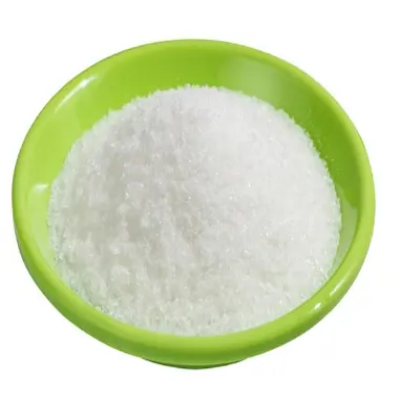
2,2,2-TRIFLUOROETHYL TRIFLUOROACETATE CAS:407-38-5
2,2,2-Trifluoroethyl trifluoroacetate (TFETA) is a notable chemical compound recognized for its unique molecular structure and versatile applications in various industrial sectors. With the chemical formula C4H3F6O2, TFETA is characterized by the presence of both trifluoroethyl and trifluoroacetate moieties. This compound is synthesized through esterification of trifluoroacetic acid with 2,2,2-trifluoroethanol, resulting in a colorless liquid with a high boiling point and remarkable chemical stability. TFETA is valued for its role as a fluorinated building block in organic synthesis, particularly in the production of specialty chemicals, pharmaceutical intermediates, and materials requiring enhanced chemical resistance and stability.
-
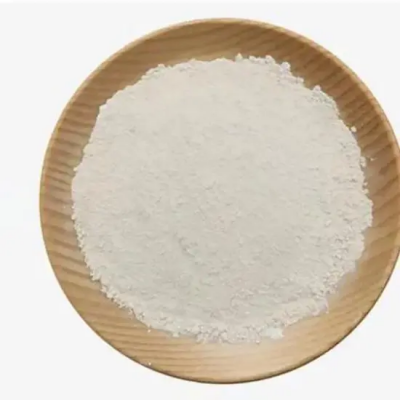
Calcium trifluoromethansulphonate CAS:55120-75-7
Calcium trifluoromethanesulfonate, also referred to as trifluoromethanesulfonic acid calcium salt, is a significant chemical compound recognized for its crystalline solid form and specific chemical properties. With the chemical formula CF3SO3Ca, it is derived from trifluoromethanesulfonic acid through neutralization with calcium hydroxide. This transformation imbues calcium trifluoromethanesulfonate with distinct characteristics that are highly valued in various industrial applications. The compound is particularly noted for its effectiveness as a catalyst in organic synthesis, leveraging its solubility in polar solvents and stability under rigorous reaction conditions.
-
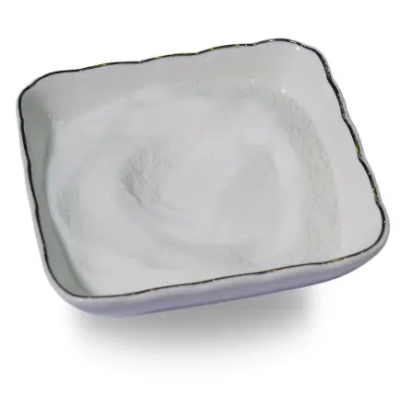
AMMONIUM TRIFLUOROACETATE CAS:3336-58-1
Ammonium trifluoroacetate (ATA) is a notable chemical compound known for its distinctive molecular structure and versatile applications across various industries. With the chemical formula CF3COONH4, ATA consists of an ammonium ion (NH4+) linked to a trifluoroacetate anion (CF3COO-). This compound is synthesized through the reaction between trifluoroacetic acid and ammonium hydroxide, resulting in a water-soluble crystalline solid at room temperature. ATA is valued for its role as a precursor in organic synthesis, a catalyst in chemical reactions, and as an additive in various industrial processes due to its stability, solubility, and unique chemical properties.
-
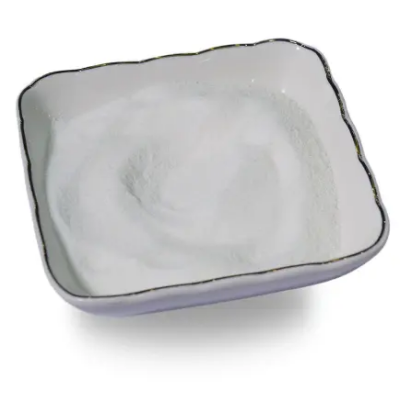
hexafluoroisopropyl methyl ether CAS:13171-18-1
Hexafluoroisopropyl methyl ether, also known as HFIPME, is a significant organic compound valued for its unique chemical properties and applications across various industries. It possesses the chemical formula C4H5F6O and is characterized by its volatile nature and relatively low boiling point. This compound is derived from isopropyl methyl ether by replacing hydrogen atoms with fluorine atoms (-F), thereby enhancing its stability and reactivity in chemical processes. Hexafluoroisopropyl methyl ether finds utility as a solvent, particularly in organic synthesis and polymer chemistry, owing to its excellent solvating ability and compatibility with a wide range of organic substances.

